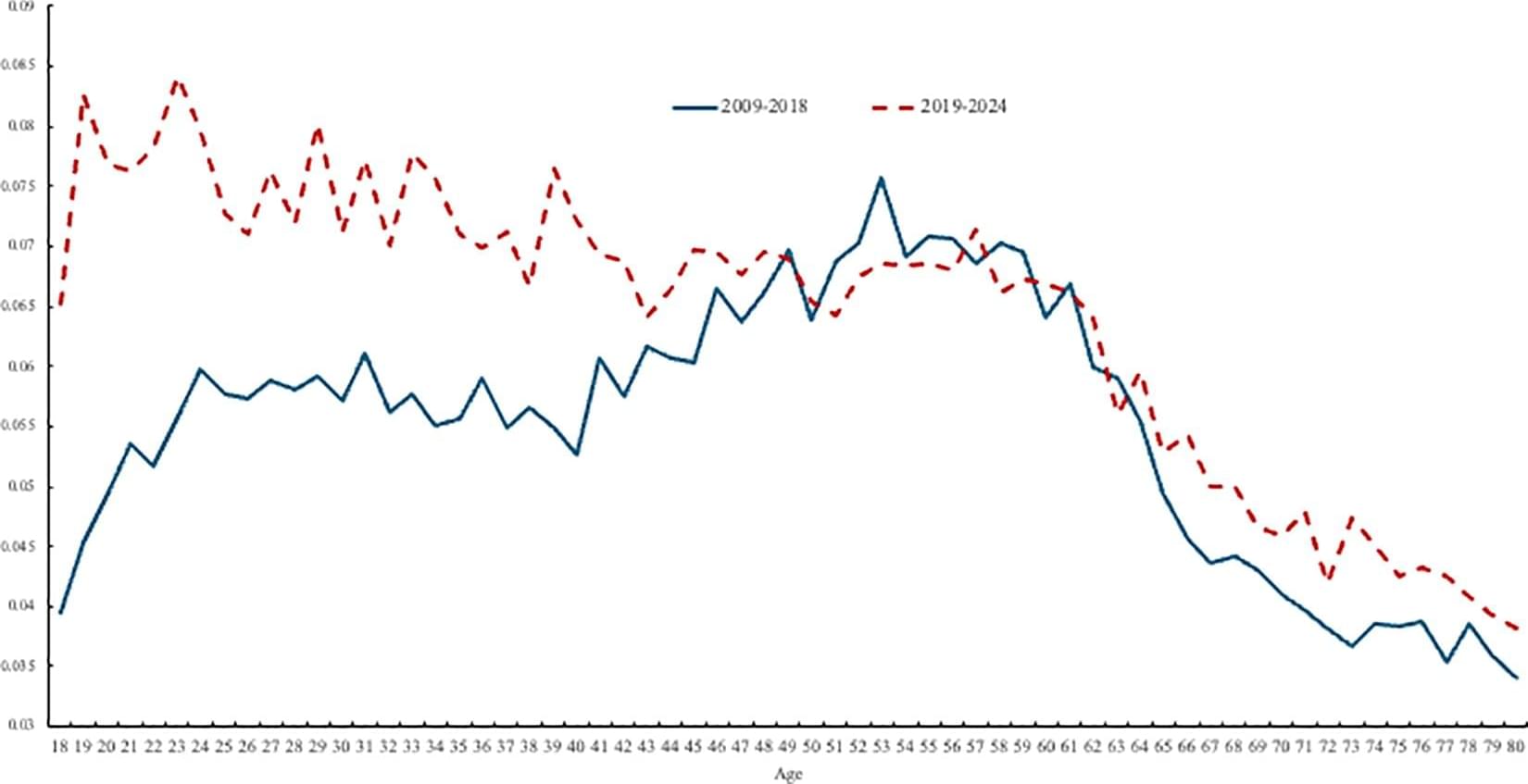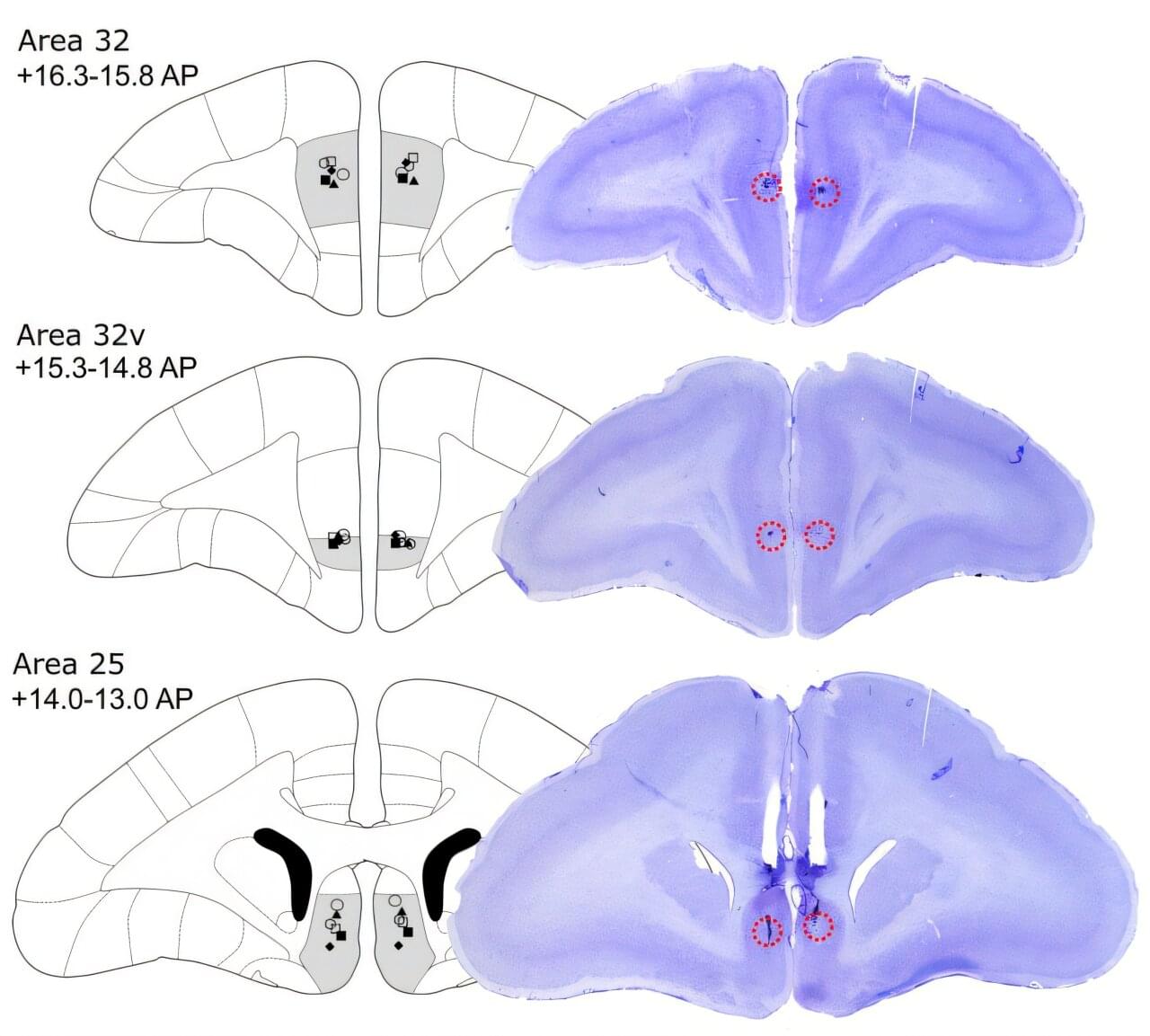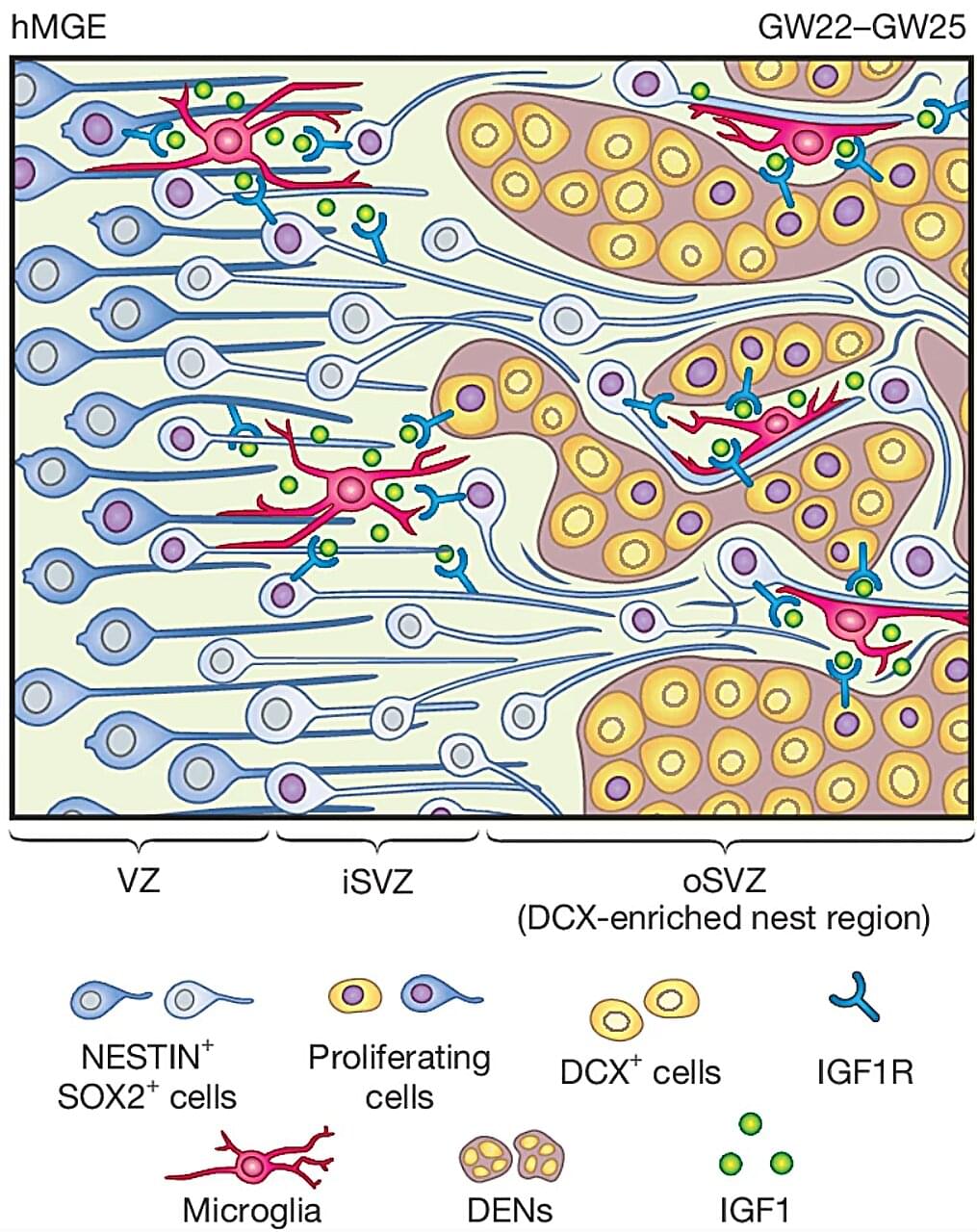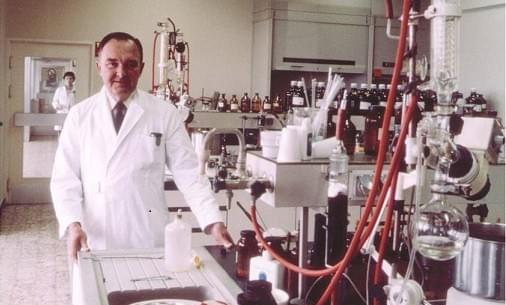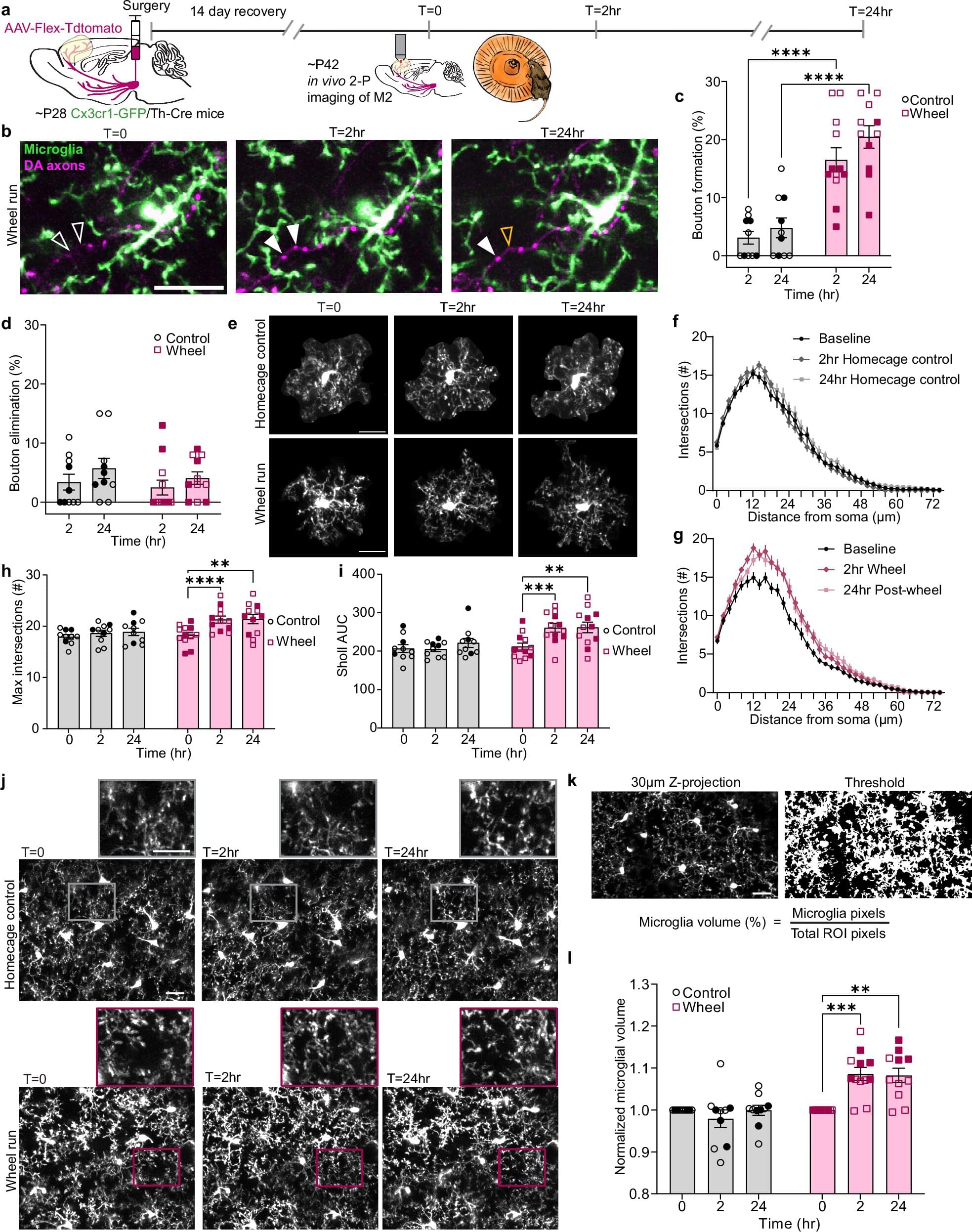A new survey-based study suggests that the “unhappiness hump”—a widely documented rise in worry, stress, and depression with age that peaks in midlife and then declines—may have disappeared, perhaps due to declining mental health among younger people. David Blanchflower of Dartmouth College, U.S., and colleagues present these findings in the open-access journal PLOS One.
Since 2008, a U-shaped trend in well-being with age, in which well-being tends to decline from childhood until around age 50 before rebounding in old age, has been observed in developed and developing countries worldwide. Data have also revealed a corresponding “ill-being” or unhappiness hump.
Recent data point to a worldwide decline in well-being among younger people, but most studies have not directly addressed potential implications for the unhappiness hump. To help clarify, Blanchflower and colleagues first analyzed data from U.S. and U.K. surveys that included questions about participants’ mental health.
